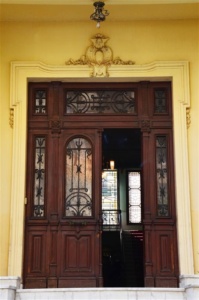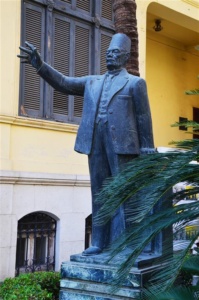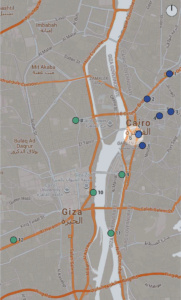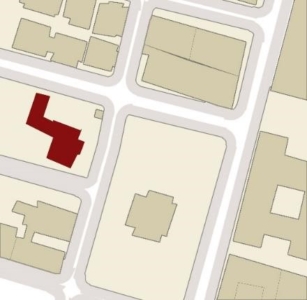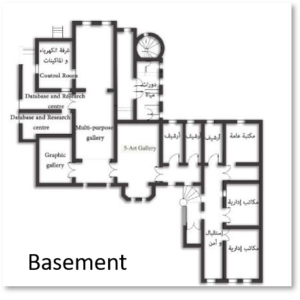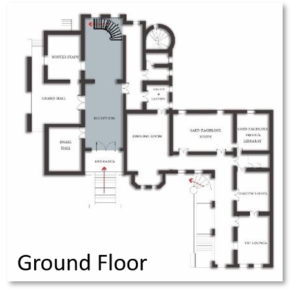(متحف بيت الأمة (سعد زغلول
Photo Gallery
| Address | 7 Saad Zaghloul street, from al-Falaky street, Sayida Zaynab |
| Opening Hours | 9:00 am to 3:00 pm, Closed on Friday and Saturday |
| Telephone | +20 2 27945399 |
| Date of construction | 1901 |
| Architect | Mustafa Pasha Fahmy |
| Architectural Style | Neo-Classic |
| Date of Inauguration | 1946 |
| Affiliation | Ministry of Culture |
Bayt al-Umma Museum, was the private residency of Saad Zaghloul Pasha (1859-1927), Egypt’s national leader who fought for the country’s independence. He was the leader of the Wafd party and of the nationalist movement of 1918–19, which led Britain to give Egypt its independence in 1922. Zaghloul led an official delegation to the Paris Peace conference after the end of World War I, demanding Britain to acknowledge the independence of Egypt and its unity with Sudan. But instead, Britain exiled him to Malta then to the Seychelles. His exile sparked the 1919 revolution in Egypt and the masses marched to his house, which became known ever since as Bayt al-Umma, or the house of the nation. When he returned to Egypt, Saad Zaghloul used to give speeches from his terrace, and hold various meetings in his house, even to his cabinet when he was briefly prime minister in 1924. His wife, Safiyya Zaghloul (1878-1946) played an important role as well in the political movement.
After her passing in 1946, the house was transformed into a museum to celebrate both their lives and legacies. The house still holds evidence of their life together, and it displays objects from their daily life, such as Saad’s notes and pens put on his desk in the office room, and Safiyya dresses hanged in her dressing room. The salon, where he used to receive his guest and hold his meetings still have the same furniture, with a special chair for his wife. In the Arabic room, Saad’s awards are displayed next to Safiyya’s jewellery. This museum presents an insight into the personal and public lives of the Zaghlouls and gives a flavour of life at the turn of the 20th century. Zaghloul’s mausoleum was erected in front of his house.


